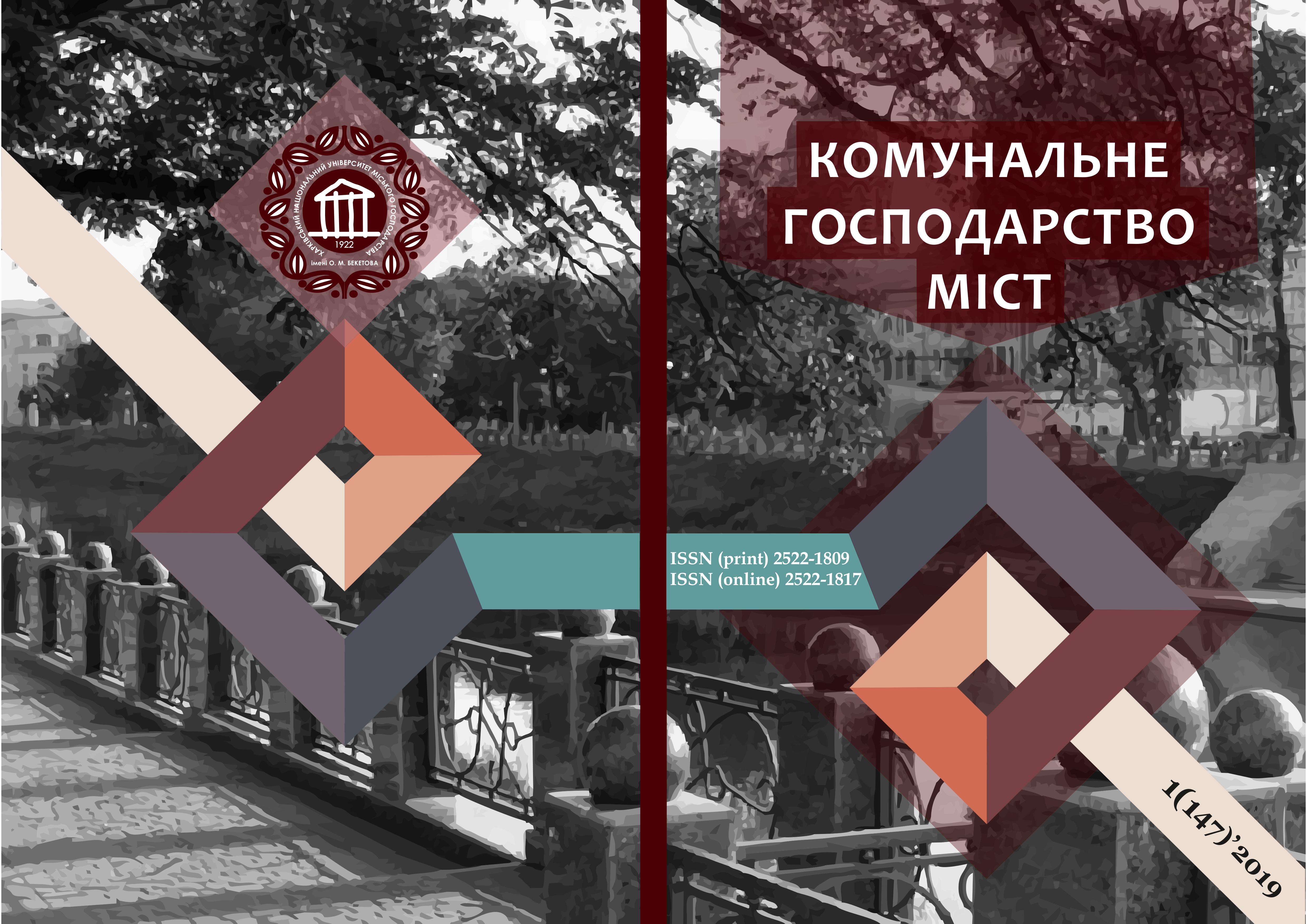ПЕРЕРОБКА БУДІВЕЛЬНИХ ВІДХОДІВ, ЩО УТВОРЮЮТЬСЯ В УКРАЇНІ
Array
Ключові слова:
будівельні відходи, утилізація відходів, динаміка впливу на навколишнє середовищеАнотація
У роботі представлена динаміка утилізації будівельних відходів, що утворюються при здійсненні будівельних робіт на території України. Проблема переробки будівельних відходів обумовлена значними обсягами утворення будівельних відходів в Україні, їх щорічним зростанням і негативним впливом на навколишнє середовище. Представлено досвід європейських країн регулюють свою діяльність з використанням або утилізацією будівельних відходів. Які за рахунок вдосконалення технологій і законодавства змогли досягти дуже високого рівня переробки будівельних відходів.
Посилання
Lyubeshkina, E.G. (2001) Municipal solid waste. Problems and solutions. Food industry, 312, 28–30.
Reimann Dieter. O. (1991) Multifuktionale, zukunftsorien-tiertr Rauchgasrei nigungstechniken. Brennst–Warme–Kraft, 43, 3, E61–E64.
Official web-site (n.d.) Retrieved from http://www.wasterecycling.ru/archive_journal/mai_2006_2/stroitelnye_othody.jdx.
Alkov, N.G., Koroteev, A.S. (2000) Complex technology of multi-stage disposal of solid household waste with the produc-tion of electricity. News of the Academy of Sciences. Power engineering, 4, 21–29.
Morkovskaya, N.G., Zolotova, N.M. (2013) Factors affect-ing the choice of the type and method of demolition of buildings and structures. Municipal economy of cities. Retrieved from http://khg.kname.edu.ua/index.php/khg/article/view/285/283
Morkovskaya, N.G. (2018) The first processing of the bud-dies is based on the method of their living. Municipal economy of cities. Retrieved from http://khg.kname.edu.ua/index.php/khg/article/view/5213/5157
Avralin, K.P. (2005) Business Capital. “Kyivmiskbud” will earn on garbage: Newspaper – K .: izdat. Kiev, 8–10.
Construction waste: recycling (n.d.)
Erukhimov, A.L. (1999) Building materials. Prospect of the use of construction waste: Magazine, 12 – М .: izdat. Group Press, 23 –28.
Morkovskaya, N.G., Shapoval, S.V., Sklyarov, M.V. (n.d.) Ekologicheskaya reconstruction of the mіst and repeat the re-view of buddies.
Boravskaya, T.V. (2011) European experience in the treat-ment of waste production and consumption. - M.: Izd-vo Chamber of Commerce and Industry, 212.
Handbook of best available waste management technolo-gies. Ch. 1-2 (2011) - M .: Publishing house Business media, 315.
Official web-site (n.d.) Retrieved from http://khg.kname.edu.ua/index.php/khg/article/view/281/279
##submission.downloads##
Опубліковано
Як цитувати
Номер
Розділ
Ліцензія
Автори, які публікуються у цьому збірнику, погоджуються з наступними умовами:
- Автори залишають за собою право на авторство своєї роботи та передають журналу право першої публікації цієї роботи на умовах ліцензії CC BY-NC-ND 4.0 (із Зазначенням Авторства – Некомерційна – Без Похідних 4.0 Міжнародна), котра дозволяє іншим особам вільно розповсюджувати опубліковану роботу з обов'язковим посиланням на авторів оригінальної роботи та першу публікацію роботи у цьому журналі.
- Автори мають право укладати самостійні додаткові угоди щодо неексклюзивного розповсюдження роботи у тому вигляді, в якому вона була опублікована цим журналом (наприклад, розміщувати роботу в електронному сховищі установи або публікувати у складі монографії), за умови збереження посилання на першу публікацію роботи у цьому журналі.
- Політика журналу дозволяє і заохочує розміщення авторами в мережі Інтернет (наприклад, у сховищах установ або на особистих веб-сайтах) рукопису роботи, як до подання цього рукопису до редакції, так і під час його редакційного опрацювання, оскільки це сприяє виникненню продуктивної наукової дискусії та позитивно позначається на оперативності та динаміці цитування опублікованої роботи (див. The Effect of Open Access).

